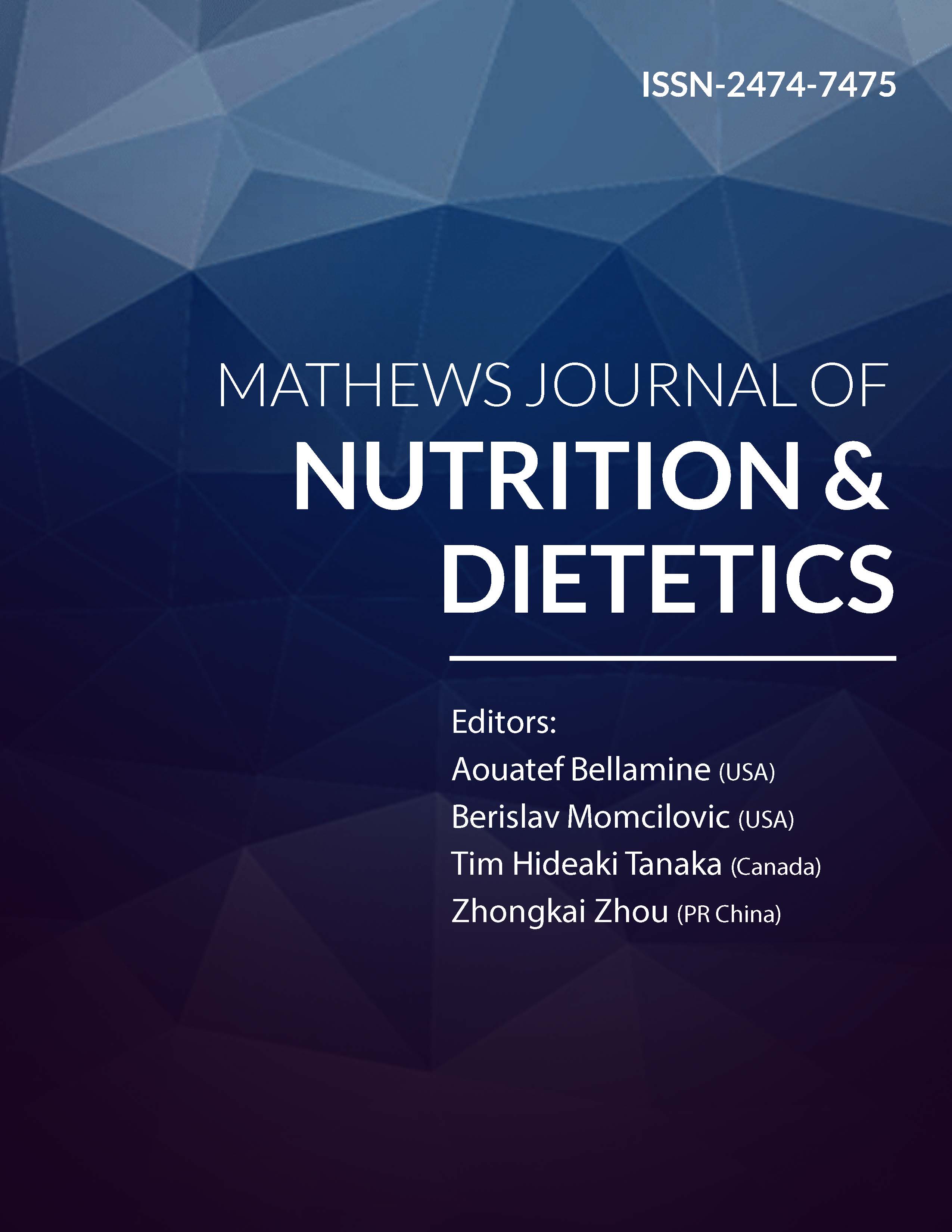
Information Links
Previous Issues Volume 7, Issue 3 - 2024
Apple Pomace: Transforming Waste into Wealth across Various Food Industries
Kashaf Aslam1, Saira Sattar1,*, Amna Latif2
1Department of Food Science & Technology, Faculty of Life Sciences, University of Okara, Pakistan
2Department of Human Nutrition & Dietetics, Faculty of Life Sciences, University of Okara, Pakistan
*Corresponding author: Saira Sattar, Department of Food Science & Technology, Faculty of Life Sciences, University of Okara, Okara 56300, Pakistan, Tel : +92 333 8932277, E-mails: [email protected]; [email protected]
Received Date: April 05, 2024
Published Date: May 22, 2024
Citation: Aslam K, et al. (2024). Apple Pomace: Transforming Waste into Wealth across Various Food Industries. Mathews J Nutr Diet. 7(3):38.
Copyrights: Aslam K, et al. © (2024).
ABSTRACT
The processing of fruits and vegetables often results in discarded residues, contributing to food waste. This review highlights the potential of utilizing these byproducts, particularly apple pomace, which constitutes 30% of the raw fruit after juice extraction. Apple pomace includes seeds (2-4%), peel (up to 95%), and stem (1%). Immediate drying of fresh residues is essential to prevent microbial attacks, given their high moisture content of 75-80%.Apple pomace is rich in dietary fiber (35-60%), comprising cellulose (7-40%), pectins (5-10%), lignins (15-25%), and hemicellulose (4-25%). Extractives such as resins, tannins, pigments, and reducing sugars are also present. Addressing global food waste concerns, FAO data reveals that one-third of food produced for human consumption is wasted, with the fruits and vegetables industry being a major contributor. The food industry generates 1.3 billion tons of waste globally, with fruits and vegetables accounting for 0.5 billion tons. To mitigate this issue, incorporating apple pomace into bakery items, yoghurt, and meat products has proven successful, offering a rich source of dietary fiber. Recent innovations involve using defatted apple seeds in chewing gums for phloridzin suspension, indicating a potential avenue for phloridzin uptake. Studies also suggest the use of oat bran and apple pomace as stabilizers in oil-water emulsions. Overcoming food waste challenges is not only essential for food processors but also crucial for environmental sustainability.
Keywords: Food Waste, Apple Pomace, Dietary Fiber, Environmentally Sustainability.